7 Tips for Sewing Thick Fabric
*This post may include affiliate links, which allow me to make a small commission off your purchases. The money is earned at no additional cost to you.
Here’s 5 tips for sewing thick fabric on a basic home sewing machine.
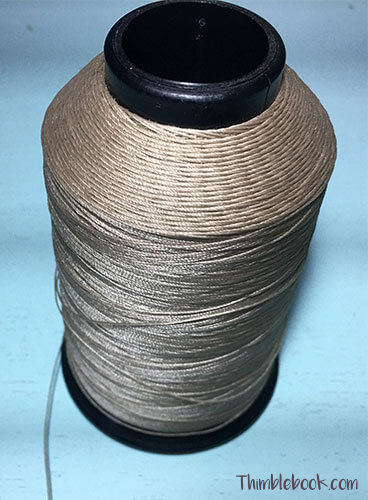
#1 Use the Right Thread
For projects using heavy material, you will always need thread heavy and strong enough to hold a stitch. As a general rule, I stick to upholstery thread. At the same time, you may find polyester thread sufficient for smaller garment making projects.
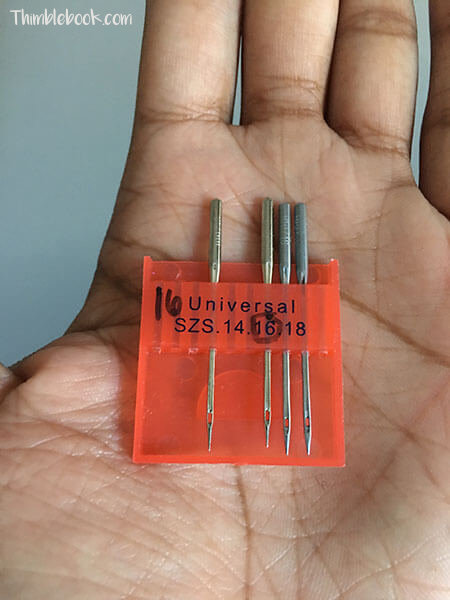
#2 Change The Needle
When a needle isn’t heavy enough to pass thru fabric, the sewing machine motor will struggle to push it thru. While under such grave stress and pressure, this needle will break. Thus, it important to use the right size needle. Here is a basic run down of needle sizes.
Lightweight fabrics: 11 needle
Heavy fabric (single layer of 10oz denim or leather): 16 needle
Heavy fabric (multiple layers of 10oz denim or leather): 18 needle
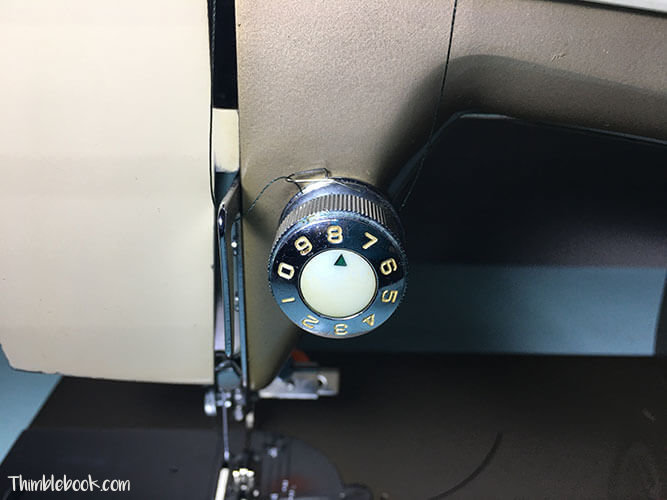
#3 Increase Thread Tension
With heavier fabric and thicker thread, you will need to increase thread tension for a clean and balanced stitch. Most sewing machines stay on 3 or 4 for standard material. Simply, take a small fabric sample from the piece you intend on sewing. Then, increase thread tension a half step and sew a practice stitch until you get a balanced stitches on both sides.
In my latest major project, I reupholstered a truck interior. The thickest seams had multiple layers of leather. My machine ending up being set to 8 thread tension when the machine itself is only able to reach 9.
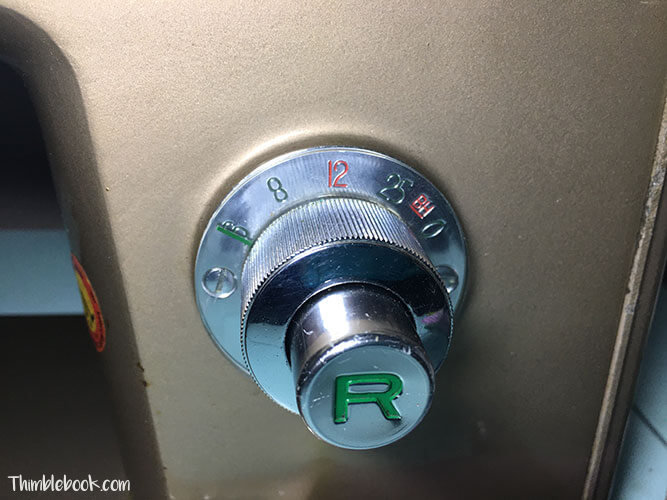
#4 Increase Stitch Length
Sewing with a longer stitch length just looks a lot better on thick materials. It also makes it much easier to sew because there are less impressions your sewing machine needle will need to make.
#5 Walk It Out
Get a walking foot for your sewing machine. Essentially, a walking foot is an extra set of feed dogs used to guide your fabric along as it is being sewn.
Walking Foot for a Low Shank Machine
High Shank Machine Walking Foot
Can’t add a walking foot to your vintage sewing machine? Or, simply can’t afford to buy a walking foot?
Use the eraser end of an unsharpened pencil guide your fabric along. Surprisingly, this makes a tremendous difference in the performance of a struggling sewing machine.
#6 Grade Your Seams
In other words, trim your seam allowances down to get rid of bulk. This will make for thinner seams and allow you sew thru layers easily.
#7 Make it A Slow Jam
When you are sewing thick materials, go slow because your sewing machine is getting taxed to the max. Think of it as lifting weights. Go slow and you can lift the heavy bar bell. Go fast and you might drop the weights and seriously injure yourself. Just as with weights, take sewing the thick materials slow.
Other Helpful Articles
Black and Decker Power Scissors for Sewing or Crafting
Ever Wondered How to Sharpen Fabric Scissors & Rotary Blades?

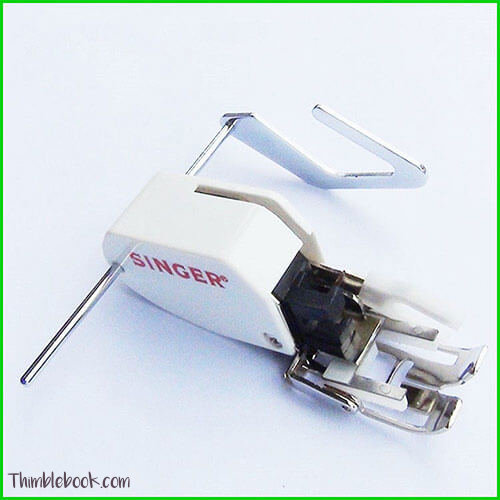
No Comments